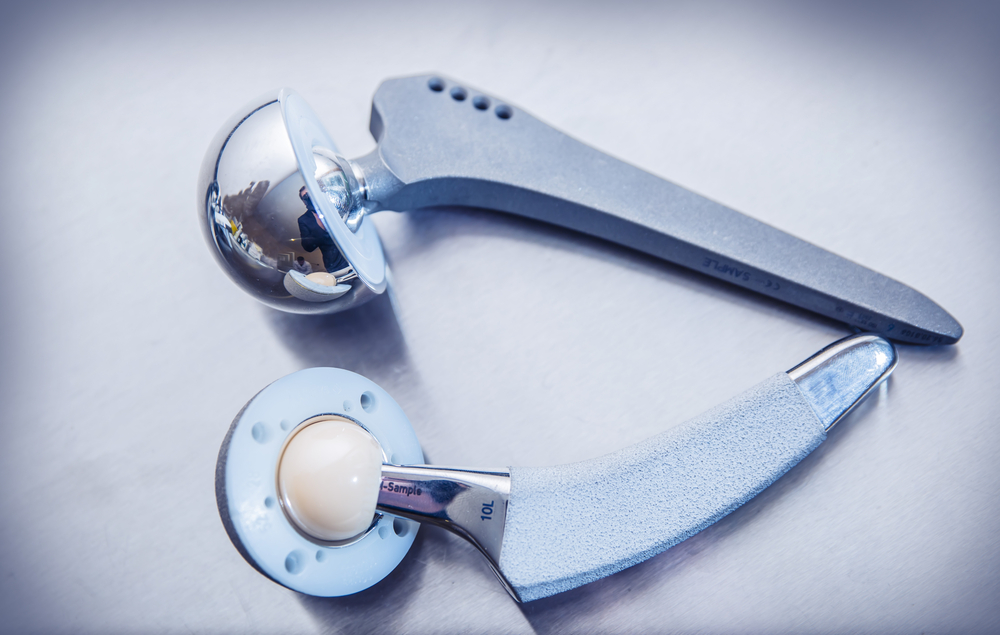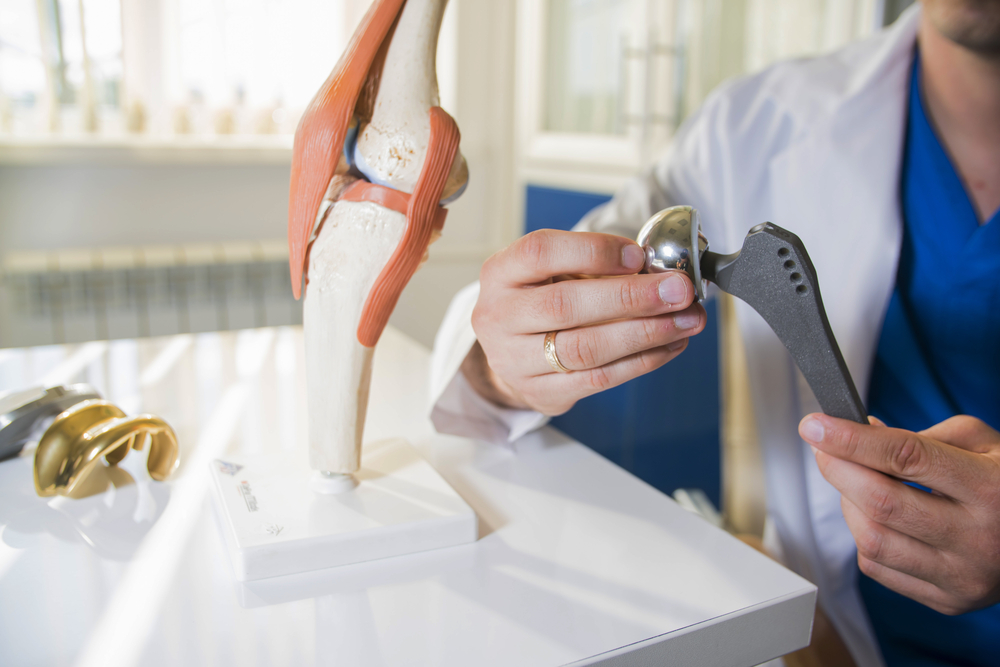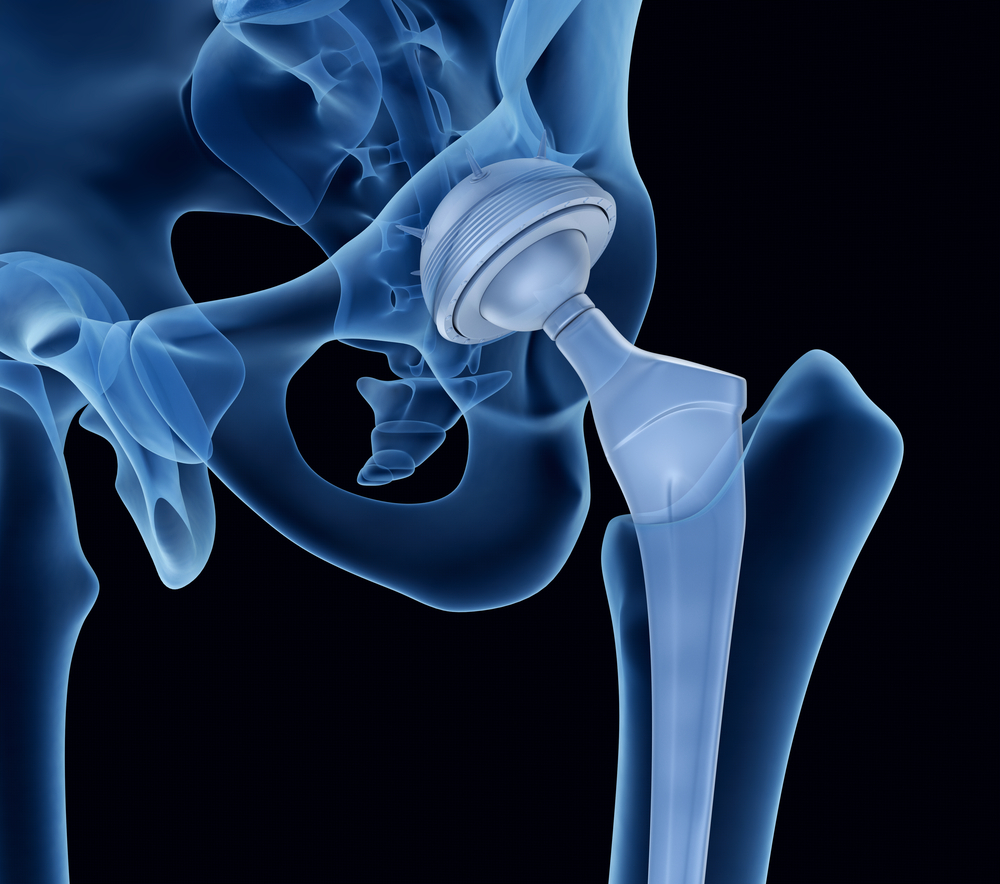Profemur Artificial Hip Lawsuits
About Profemur Artificial Hip Lawsuits
- Profemur artificial hips began breaking as early as 2005, causing significant pain, and expensive revision surgeries that require significant recovery time.
- Profemur artificial hip lawsuits have been filed by thousands of people, many of which have been settled, but others are still ongoing.
- A product liability attorney can help those affected by failed Profemur hip replacements be compensated for medical bills, pain and suffering, and other damages.
Profemur Artificial Hip FAQs
What are the Profemur artificial hip lawsuits about?
The Profemur dual modular neck failed hundreds of times by breaking and/or eroding, causing patients to undergo complicated and costly revision hip replacement surgery. Some have suffered injuries from toxins that were released inside their body from failed implants.
How were people injured by Profemur hip replacements?
The design of Profemur artificial hips allowed surgeons to customize the product’s dual modular neck based on the patient, but this feature is what ultimately failed. Patients who had the neck break have fallen, suffered significant pain, and swelling, and lost mobility, and many required emergency surgery. Some have even suffered nerve and neurological injuries.
How much are Profemur lawsuits worth?
The amount individual plaintiffs received from Profemur lawsuits is largely unknown. However, between 2016 and 2017, Wright Medical settled hip replacement lawsuits for a combined total of $330 million.
Who can file a Profemur artificial hips lawsuit?
While most Profemur artificial hip lawsuits filed over the last decade have settled, there are still cases that are unresolved. Anyone who’s been injured or required revision surgery because their Profemur implant failed should speak with a product liability attorney because they may still qualify to file a defective artificial hip lawsuit.
Are Profemur hip implants recalled?
It took 15 years after the first Profemur hip replacement broke inside a patient’s body for certain components of the product to be recalled. However, there are still some parts of Profemur artificial hips that have not been recalled, and many patients with the implant are worried it will fail at any moment.
Have Profemur artificial hips lawsuits been settled?
Many, but not all, Profemur lawsuits against the manufacturer, MicroPort Orthopedics, and Wright Medical, the original manufacturer, have settled. Patients affected by the hip replacements breaking or corroding should contact a product liability attorney to discuss their case, as they may still be eligible to file an artificial hips lawsuit.

Table of Contents
Injuries from Profemur Artificial Hips
According to an investigation by CBS News and KFF Health News, plaintiffs who filed Profemur artificial hip lawsuits reported serious complications from the device failure. The dual modular neck that fractured inside patients’ bodies caused patients to collapse, making them unable to walk or stand. The breaks occurred during basic, everyday activities, like getting out of a chair, mowing the lawn, and even simply leaning over to pick something up.
After the Profemur artificial hip broke, patients endured painful and complicated surgeries that required long recovery times; because of the way hip replacements are surgically implanted, removing a broken one often involved cracking open the femur. Revision surgery causes severe pain and time off work, and patients must complete intensive rehabilitation therapy to recover. Profemur artificial hip lawsuits note the trauma caused by a failed device, along with other injuries and symptoms, such as swelling.
In addition to the implant fractures that required surgery to get back mobility, some patients with corroded Profemur hip replacements suffered nerve damage and neurological issues. This occurred due to the material the neck of the artificial hips is made of; cobalt and chromium ions entered the bloodstream when it corroded, leading to serious injuries from Profemur artificial hips.
With the seriousness and widespread effects of a broken hip implant that failed years before it should have, holding the previous and current manufacturers accountable is important for those who have been injured. A personal injury lawyer who specializes in product liability and defective medical device cases can review your case and help get those injured justice and recover compensation.
History of Profemur Hip Replacement Lawsuits
More than 750 Profemur hip implants have fractured at the neck, leading to painful and costly revision surgery. For some plaintiffs who filed a Profemur artificial hips lawsuit, they endured revision surgery and a long recovery just a couple years after the initial surgery. In a few cases, patients ended up with two failed devices; both hips had Profemur implants that broke first on one side, followed by the other side, sometimes just a few years apart. There are also many cases of corroded Profemur hip replacements that ultimately caused serious harm to patients.
There’s a long history of artificial hips lawsuits against Wright Medical and MicroPort Orthopedics. Overall, these failed implants have led to more than 2,000 lawsuits. Profemur hip replacement lawsuits have alleged there’s an issue with the design of the modular neck and its components, and that the manufacturer knew or should have known of the risks. They also note that patients and doctors weren’t adequately warned of the risks.
In 2015, the first Profemur hip implant lawsuit led to a $4.5 million jury award, a result that didn’t bode well for Wright Medical given they were facing hundreds of lawsuits at the time. The conclusion of this trial was followed by large settlements in the following years, even though the manufacturers have largely denied liability throughout the course of their legal troubles.
In 2016, Wright Medical settled more than 1,200 Profemur lawsuits for $240 million, and in 2017, about 600 lawsuits were settled for $90 million. Many of these cases were part of multidistrict litigation that closed to new plaintiffs in 2018, and the final settlements were to be paid by Wright Medical in 2019.
But more recently, in 2020, the U.S. Judicial Panel for Multidistrict Litigation (JPML) consolidated Profemur hip implant products liability litigation into multidistrict litigation once again. At the time the announcement was made, the JPML transferred 42 lawsuits to the Eastern District of Arkansas for coordinated or consolidated pretrial proceedings.
These cases were consolidated into MDL because the Profemur hip replacement lawsuits were found to involve common questions of fact. This type of litigation makes pretrial proceedings, including discovery and witness interviews, more efficient, prevents numerous courts from being overwhelmed with similar cases, and avoids discrepancies with the outcome of cases.
There are still unresolved Profemur artificial hip lawsuits. Anyone who had an implant failure should speak with a product liability lawyer to discuss their options to seek compensation for medical costs and other damages. While some firms are no longer taking cases, there are Profemur hip replacement lawyers who can protect your rights and get the compensation you’re entitled to.

Profemur Recalls and the FDA
The U.S. Food and Drug Administration approved the sale of Profemur in 2000 through the 510(k) program. The process of getting a medical device approved through the program is much different in that companies do not have to conduct and submit the results of thorough product testing if the product is extremely similar to other devices that are already approved.
In the case of Profemur, Wright Medical claimed their product met the 510(k) program requirements because it was substantially equivalent to five other hip replacement products. But the similarities have been disputed given the difference in design of the neck system in Profemur implants, and one of the products Wright Medical claimed was so similar ended up being recalled due to a high failure rate. The FDA’s position was that the differences between the medical devices weren’t expected to affect the efficacy and safety. Years later, they maintained that the appropriate steps were taken that led to the approval of Profemur.
Over the course of 13 years, the FDA announced nine recalls of Profemur hip replacement components, all of which were initiated by MicroPort. The most recent voluntary recalls, which occurred in September 2020, were Class I recalls – the most serious the FDA may issue. In the case of Profemur artificial hips, the Class I recalls meant there’s a reasonable probability that use of the implant will cause serious adverse health consequences or death.
Patients have alleged a total of 28 sizes of Profemur hip replacements corroded or fractured, but there are still many sizes that haven’t been recalled and remain on the market. That said, as noted on the MicroPort Orthopedics website, Profemur hip replacements are not marketed or registered in the United States. This doesn’t take away the fact that the product is still inside countless people – people who fear it may fail at any moment and may be subject to injuries and revision surgery far earlier than an alternative artificial hip may have required.
About Profemur Artificial Hips
According to MicroPort, the ProFemur L Hip Stem comes in 11 different sizes, and offers straight or angled necks, which allow adjustments based on the patient’s leg length and other factors. The design is also said to help surgeons preserve more tissue, ultimately minimizing how invasive the joint replacement surgery is.
The design of Profemur artificial hips was once believed to be innovative; it was the dual modular neck allowed surgeons to customize the implant to better fit patients. Instead of a single femoral component, Profemur artificial hips had a separate neck component. But this very feature is what led to numerous artificial hips lawsuits nationwide and the eventual discontinuation of Profemur in the U.S.
After reports of the modular neck breaking, Wright Medical switched from titanium to a cobalt-chromium alloy in 2009. Unfortunately, patients continued to report fractured and corroded Profemur hip replacement components, specifically the cobalt-chromium neck.
The fracture rate of these implants largely varies by source. In 2018, Wright Medical said they knew of 768 fractures, and with more than 350,000 necks sold, that’s a fracture rate of about 0.2%. However, other sources have stated numbers far higher – fracture rates of 2.2%.

How a Product Liability Lawyer Can Help
Joint replacement surgery is extremely common in the U.S. Approximately 450,000 hip replacements are performed each year, and they’re typically expected to last for 20 or more years.
Before getting a hip replacement, patients suffer from significant pain, swelling, difficulty moving and performing everyday tasks, and other limiting and disruptive symptoms. Thanks to the safety of joint replacement surgery, it’s an effective option that’s crucial to improving quality of life and mobility. But when a hip replacement fails far sooner than it should because of the design of the implant, what should be a positive step forward quickly becomes a nightmare for the patient.
So far, more than 1,800 artificial hip lawsuits have been settled with Wright Medical and MicroPort Orthopedics, but other cases are still ongoing. While these companies have not admitted fault, they’ve paid at least $330 million in settlements since 2015.
Defective device lawsuits are complex, but with the help of a Profemur artificial hips attorney, patients who have needlessly suffered can get the compensation they truly deserve.








